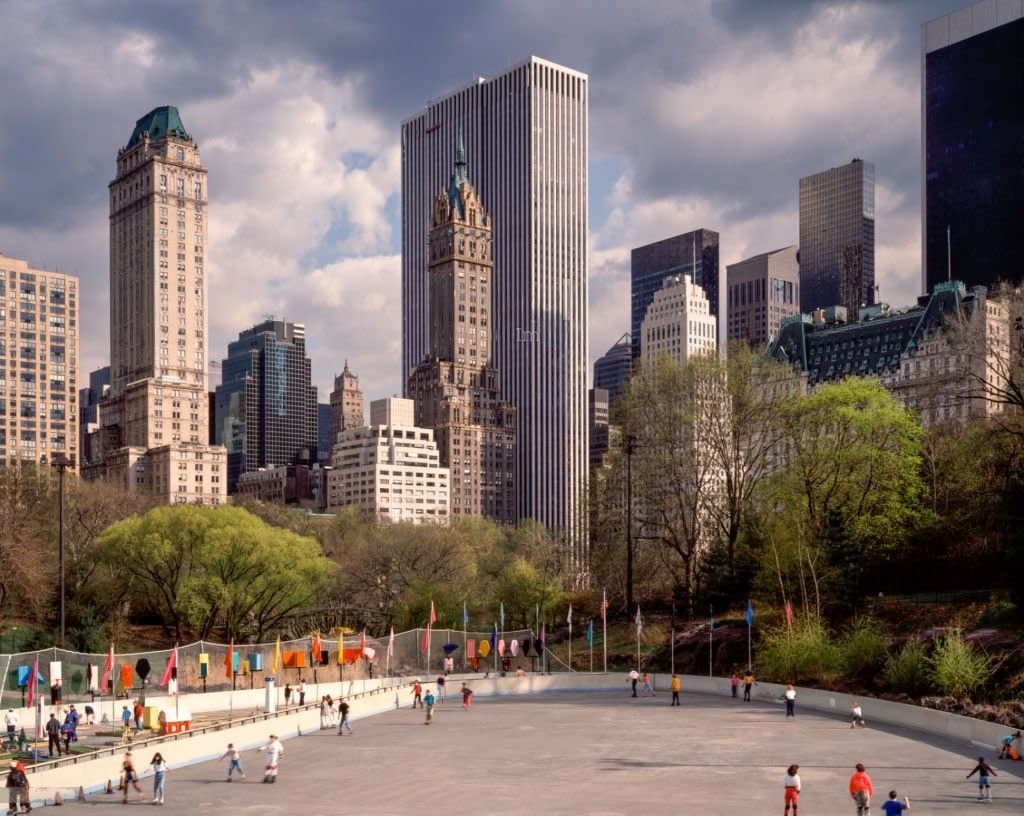Unlocking New York City's Hidden Spaces
The Untold Story of Privately Owned Public Plazas

Let me show you something. What you're looking at here are over 590 plazas or privately owned public spaces scattered throughout New York City. If we were to knit all of these spaces together, they would be larger than the floor space of One World Trade Center. These spaces have the potential to be centers of culture, commerce, and conversation, similar to Piazza del Campo in Siena or Trafalgar Square in London. However, most of them look lifeless and empty. Why is that? Well, the truth is, they weren't really designed for us in the first place.
This story begins in early 1900s New York City, during the skyscraper boom. The city was becoming increasingly congested, with its streets cloaked in shadows. That's when the 1916 zoning resolution came into play. It divided the city into five height districts, each determining the maximum height of buildings in relation to the width of the streets in front of them. This allowed sunlight to reach the streets below. The zoning resolution also stated that a building could rise to an unlimited height as long as its footprint didn't exceed 25 percent of the lot area.
Developers took notice of this clause, and two iconic skyscrapers, the Seagram Building and the Lever House, were constructed with a slender vertical frame and no setbacks. At the base of both buildings, you'll find a large public plaza slightly raised above sidewalk level. This design became the model for future skyscrapers throughout the city and set the stage for the influx of plazas and privately owned public spaces we see today.
The 1961 zoning resolution, which followed, made it mandatory for private developers to incorporate public spaces into their projects in exchange for the ability to build taller or bulkier structures. It seemed like a win-win situation. Developers gained more leasable floor space, while New Yorkers got a nice place to sit. Fast forward to today, and there are plenty of these public spaces around New York City. However, therein lies the problem.
A 2017 report found that more than half of the 333 privately owned public spaces surveyed were non-compliant. They restricted public entry, and in some cases, restaurants even occupied the public spaces with outdoor seating. When the report was presented to the New York City Department of Buildings, their response was disappointing. They stated that inspections would only be conducted when specific complaints were filed.
As a result, New Yorkers are being cheated out of public resources, and developers are reaping the benefits without giving back. The city is now attempting to address these issues. Take Water Street, for example. This transformation will affect 20 buildings, resulting in almost six football fields' worth of combined public space. The city argues that turning these spaces into storefronts will bring back the vibrance of the plazas and positively impact the neighborhood. However, skeptics see this as another opportunity for private owners to profit.
Since the early 2000s, the City Planning Commission has been modifying parts of the original 1961 zoning resolution to create more inviting spaces. Research shows that New Yorkers appreciate these public areas as long as they are easily accessible and offer quality amenities.
Have you had the chance to visit any of these plazas in New York City? Share your experiences in the comments below. Let's continue the conversation about the importance of public spaces and their role in enhancing our urban environment. Don't forget to subscribe and share to stay updated on our weekly content, where we explore more fascinating topics about our beautiful cities and their hidden gems .
About the Creator
Enjoyed the story? Support the Creator.
Subscribe for free to receive all their stories in your feed. You could also pledge your support or give them a one-off tip, letting them know you appreciate their work.





Comments
There are no comments for this story
Be the first to respond and start the conversation.